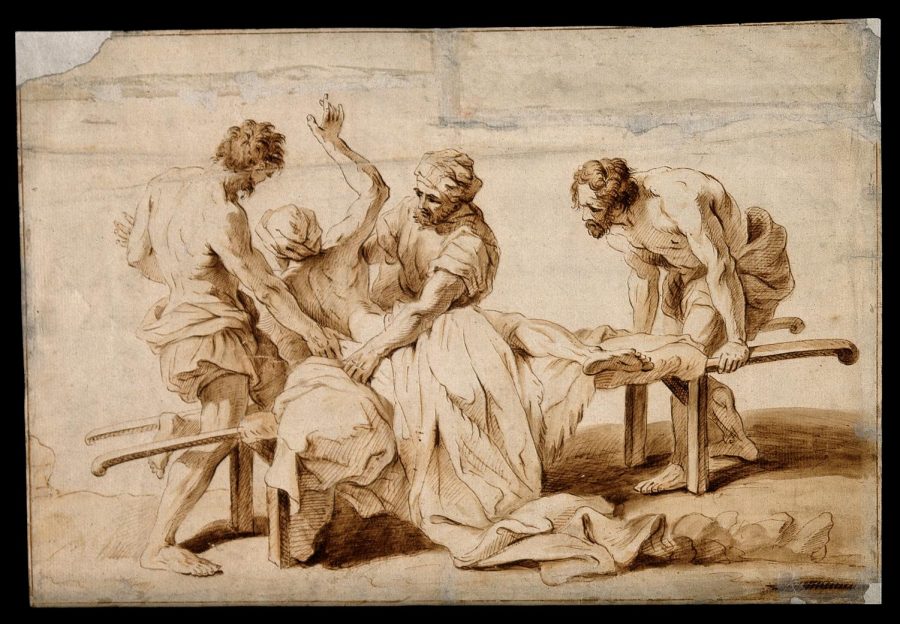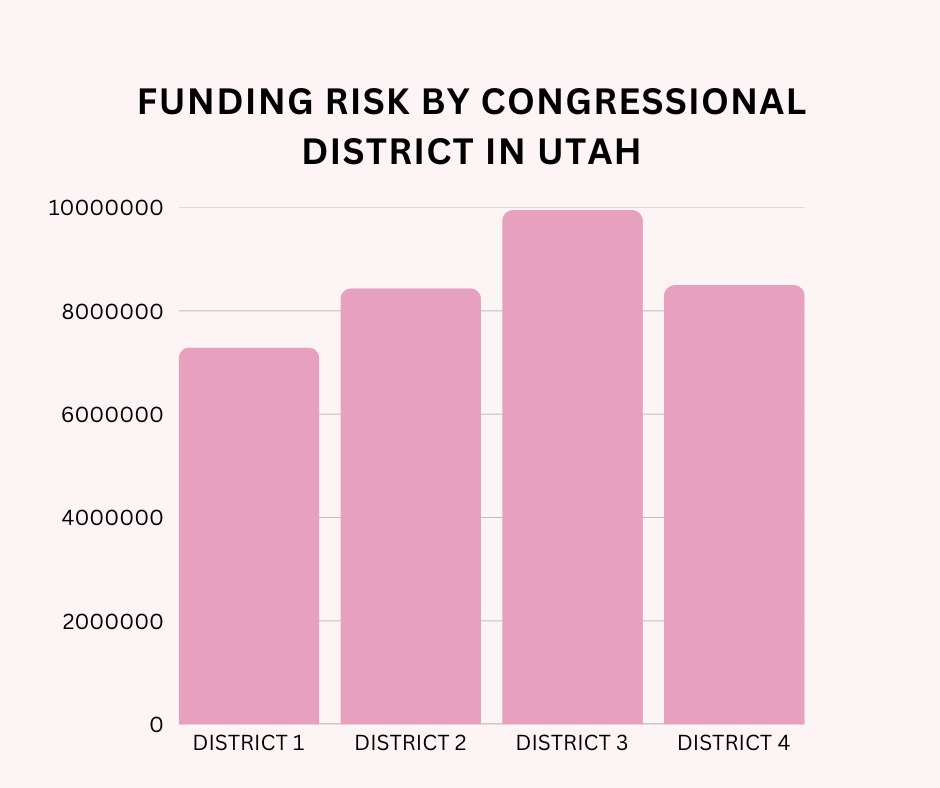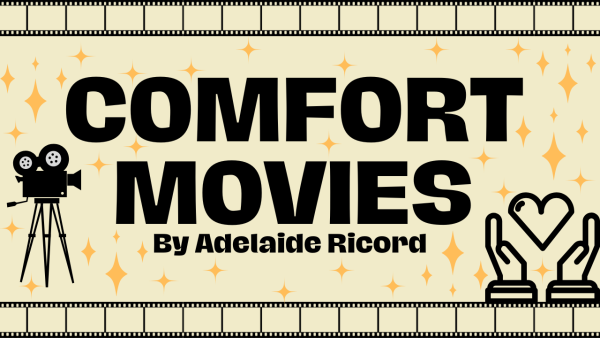Epilepsy more prevalent in teens than commonly thought
Epilepsy affects students and their families physically and emotionally.
September 25, 2018
According to the Epilepsy foundation one in one hundred teens has epilepsy. They define epilepsy as a neurological disorder that can include sensory disturbance, loss of consciousness and convulsions which due to abnormal electricity in the brain.
While epilepsy is classified as seizures there are seizures that classify as non-epileptic seizures (pseudoseizures) which are not due to overly excessive amount of electricity in the brain. These seizures will look like true epileptic seizures so they are harder to diagnose normal EEG (electroencephalogram) readings are the easiest way to diagnose pseudoseizures. There is also provoked seizures which are not classified as epileptic seizures they are provoked seizures by tumors, low blood sugar, even cancer.
According to Tiffany Kairos, a reporter from the Huffington Post, “The feeling of having a seizure is like being caught up in a tornado, feeling trapped.” Epilepsy will affect a student emotionally, physically, and socially. It is harder for teens who have epilepsy due to the fact there is more bullying because they stand out more.
“If I have a seizure I have to stay home from school the next day and I fall behind,” said sophomore Jaime Chadwick. There are many types of seizures. According to Hopkins Medicine, there are generalized seizures where the seizure occurs throughout the whole brain, with many others including Grand- Mal (tonic-clonic) seizures which is loss of consciousness and aggressive muscle contractions. Atonic seizures (also called drop seizures, akinetic seizures or drop attacks), are a type of seizure that consist of a brief lapse in muscle tone that are caused by temporary alterations in brain function. The seizures are brief – usually less than fifteen seconds.Petit-Mal seizures also classified as absence seizures are a brief loss of attention such as zoning out for a few seconds.
Teens with epilepsy tend to fall behind in school and teachers aren’t aware that they need to accommodate and give them time. Being a teen without epilepsy is extremely challenging already; having to face school, fitting in, learning how to drive and the worst of it all, stress.
Assistant Principal Jami Hutchins said, “Most teens by the time they are sixteen have their driver’s license, are going on dates and having fun while staying on top of school work of course, but for a teen with a disability such as Epilepsy there’s nothing easy about it.”
Kayla Chadwick, a senior and Jaime’s older sister, said, “It’s really hard for her socially due to the fact she stands out and it also affects her mentally.”
According to local neurologist Jeffrey K Bigelow, “The worst thing about seizures is people don’t know how to help a person who is having one.” He outlined the main steps to take when someone is having a seizure as follows: be sure to time it, roll them on their right side, do not hold them down. Let the seizure ride out naturally.
Bigelow said, “I see a lot of adolescents who have epilepsy and I encourage my patients to spread the word and tell the people in their lives what to do if they happen to have a seizure.”
Epilepsy can be hard to treat because every type of epilepsy differs, seizures can occur all over the brain or in certain parts of the brain.
Bigelow said, “For seizures all over the brain medicine can help but it is not the best from my observations the VNS implant is the best option which is a pacemaker sort of a device implanted into the chest and a lead is run up around the vagus nerve in your neck if you seize it will shock you to stop the seizure with all my patients that have had this it has been successful, while seizures in certain parts of the brain are easier to cure due to the fact it can be a tumor and we can easily remove it through surgery.”




